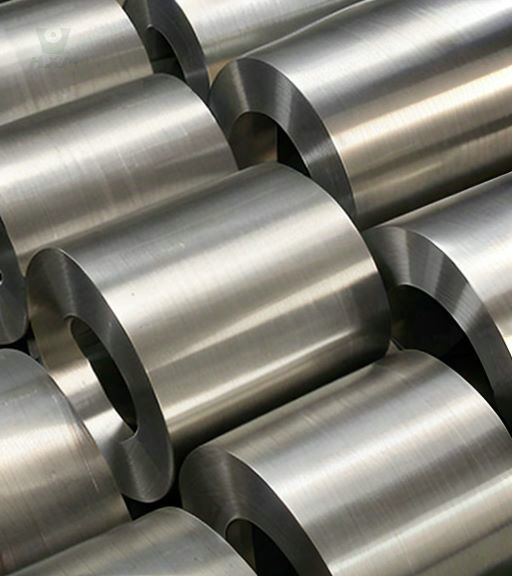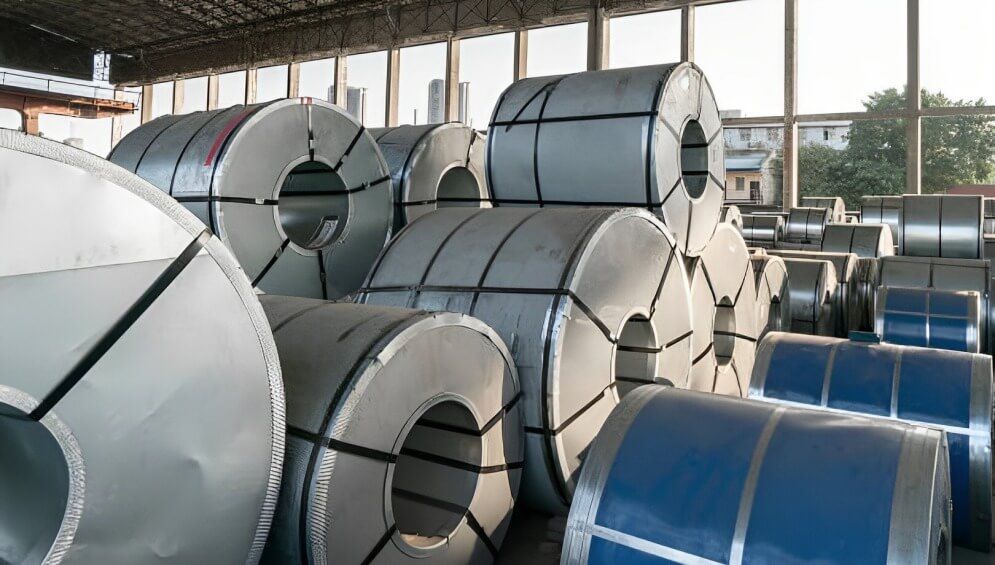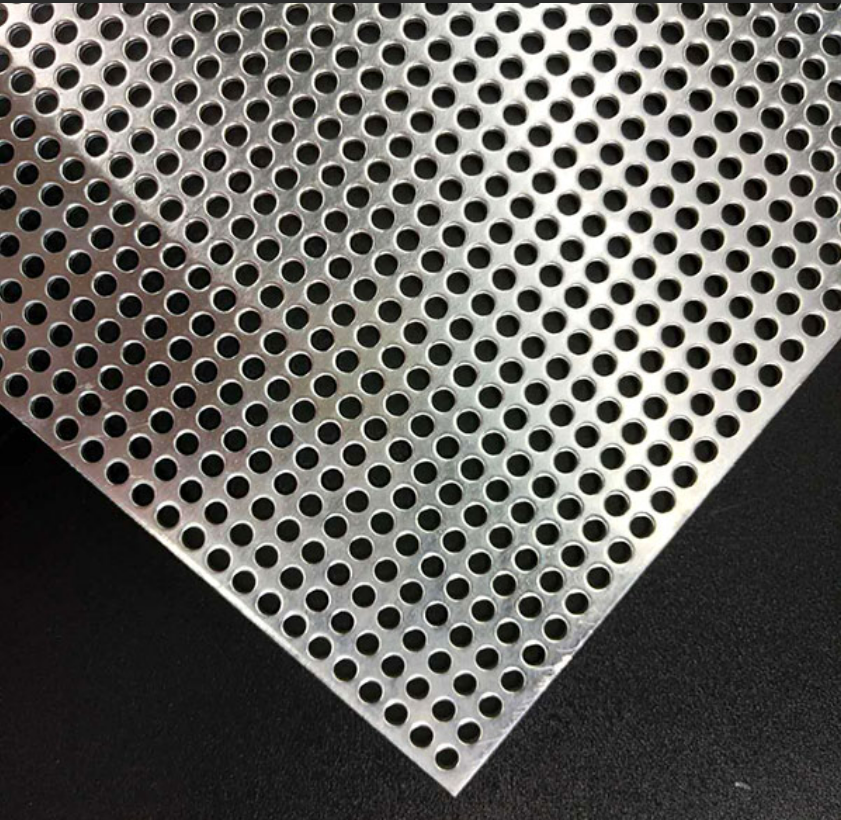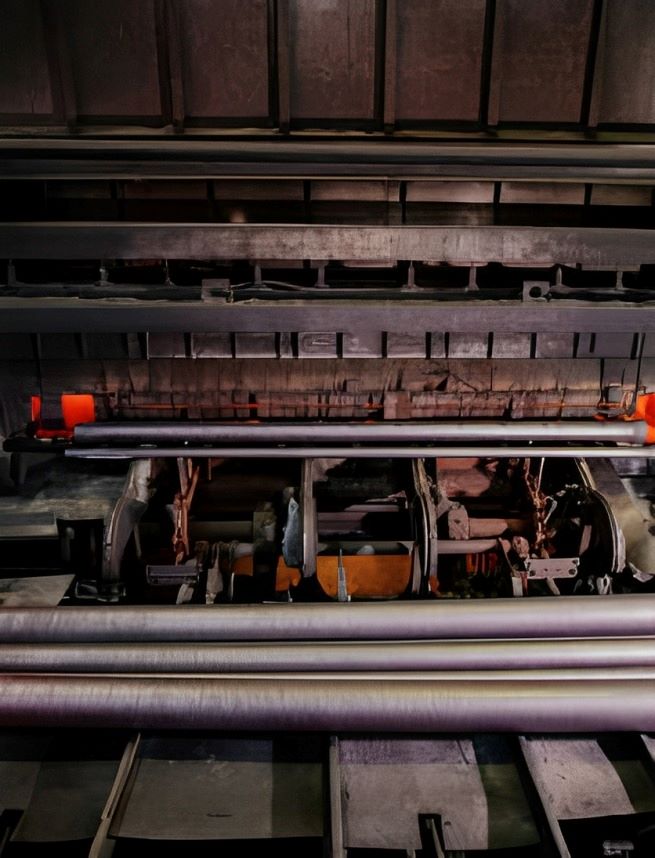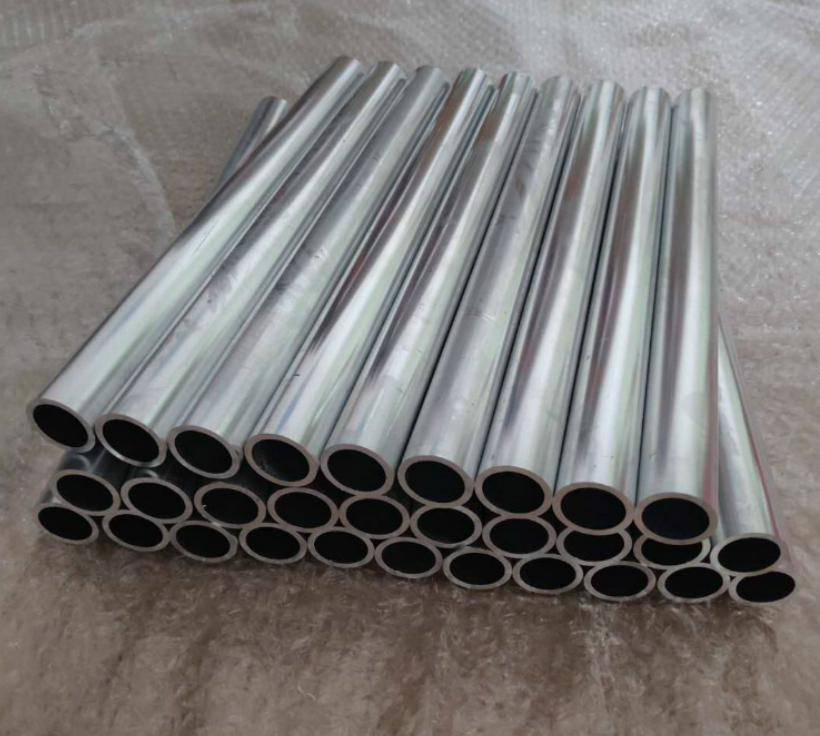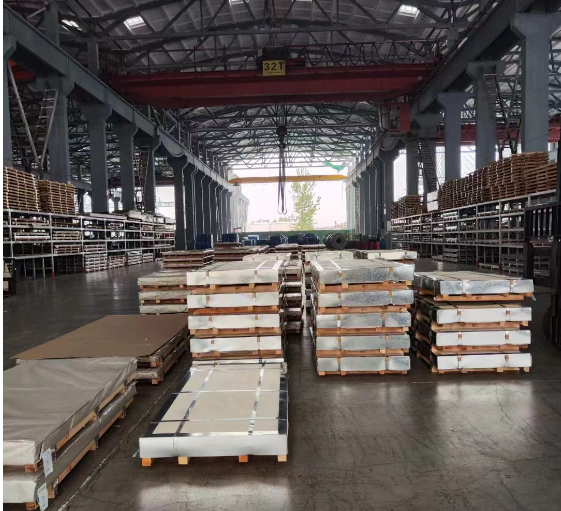how to make sublimation coating for stainless steel?

In the pursuit of home aesthetics, we are increasingly demanding the appearance and texture of everyday items. Stainless steel as a strong and durable material, its original metal texture although classic, but sometimes seem too cold and hard. Through the coating process, we can retain the original characteristics of stainless steel on the basis of giving it more texture and color. Among them, stainless steel sublimation coating is widely welcomed for its unique visual effect and practicality. So, how to make stainless steel sublimation coating?
What is stainless steel sublimation coating?
Stainless steel sublimation coating is a kind of coating that combines color coating with stainless steel surface through a special process. This coating can form a transparent protective film on the surface of stainless steel, which can not only increase the aesthetics of stainless steel products, but also improve its corrosion and wear resistance.
manufacturing of stainless steel sublimation coating
- Pretreatment: This step is necessary because it provides a clean and oil-free surface for the coating, which is essential for strong adhesion. Pretreatment typically includes mechanical cleaning (e.g., sandblasting, grinding) and chemical cleaning (e.g., pickling).
- Coloring: This step involves applying color to the stainless steel surface. This can be done by spraying, brushing or dipping. The coating should evenly and completely cover the stainless steel surface without leaving any gaps.
- Melt treatment: In this step, the stainless steel is heated to a very high temperature, usually between 1000°C and 1300°C. The coating is applied to the surface of the stainless steel by means of a melt treatment. This step is designed to fuse the coating with the stainless steel substrate, achieving a chemical bond between the two.
- Curing: After the melt treatment, the coating is cooled and kept at a lower temperature to cure. This step is to ensure that the coating retains its shape and color after cooling.
- Post-treatment: This step involves inspecting the coating for defects such as bubbles, cracks or uneven color. If defects are found, they will need to be repaired or re-treated. Additional treatments, such as polishing or applying a protective coating, may also be required to enhance the durability of the coating.
This is the process of creating a sublimation coating on stainless steel, and each step needs to be carefully controlled for best results. Any negligence may lead to problems such as uneven coating, lack of vibrant color or poor adhesion.
advantage and disadvantage of sublimation coating for stainless steel
Stainless steel sublimation coating as a surface treatment technology has the following advantages:
- High aesthetics: sublimation coating can give stainless steel products rich colors and textures, improve their appearance, and enhance the overall aesthetics.
- Strong corrosion resistance: the coating can effectively protect the surface of stainless steel from the erosion of air, moisture, and chemicals, and enhance the corrosion resistance.
- Good abrasion resistance: the coating has a certain degree of hardness, which can resist scratching and abrasion and improve the service life of stainless steel products.
- Strong adhesion: through a specific treatment process, the coating is tightly bonded to the stainless steel surface and is not easy to fall off or peel.
- Environmental protection and safety: the coating material is non-toxic and harmless, friendly to both the human body and the environment.
However, there are some disadvantages of sublimation coating on stainless steel:
- Higher cost: the production of sublimation coating requires certain equipment and processes, so compared with ordinary stainless steel products, its cost is higher.
- High requirements for the process: the coating process requires precise control of temperature, time, and environmental factors, otherwise it is easy to uneven coating, blistering, and other problems.
- Not applicable to all stainless steel materials: some special stainless steel materials may not be suitable for sublimation coating treatment, because their surface roughness, composition, microstructure, and other factors may affect the adhesion and stability of the coating.
- Non-repairable: Once the coating is damaged or scratched, it is difficult to repair or recoat and needs to be replaced or remade.
Overall, the advantages and disadvantages of stainless steel sublimation coating coexist, and the choice of whether to use this surface treatment technology needs to be based on a comprehensive consideration of product aesthetics, durability, cost, and other factors.
Guide on how to make sublimation coating for stainless steel
1. Surface Preparation
- Clean the Stainless Steel Surface: Use isopropyl alcohol to thoroughly clean the stainless steel surface, ensuring that all grease, dirt, and oils are removed. A clean surface is essential for good adhesion of the coating.
- Light Sanding (Optional): Lightly sand the stainless steel surface with fine-grit sandpaper (around 400-600 grit) to create a slightly rough texture that improves adhesion.
2. Mixing the Sublimation Coating
- Polyurethane Clear Coat: If you’re using a polyurethane clear coat, it’s ready for application straight out of the can. No mixing is required.
- Polyester Resin and Hardener: If you’re using polyester resin, mix it with the appropriate amount of hardener or catalyst as per the manufacturer’s instructions. Stir thoroughly to ensure an even mixture.
3. Adding an Adhesion Promoter (Optional)
- If you’re using an adhesion promoter, you can add a small amount to the coating mixture. Adhesion promoters help the coating adhere better to stainless steel. Follow the promoter’s instructions for the correct ratio to use.
4. Application of the Sublimation Coating
- Spray Application: Use a spray gun or airbrush to apply the coating to the stainless steel surface. Apply thin, even coats to avoid runs and drips. You may need to apply 2-3 coats for the best results.
- Dry Between Coats: Allow each coat to dry before applying the next one. Follow the coating manufacturer’s instructions for drying times. Typically, this will take about 20-30 minutes per coat.
- Curing Time: Once the final coat is applied, allow the coating to cure for 24-48 hours in a dust-free environment.
5. Sublimation Process
- After the coating is fully cured, your stainless steel surface is ready for sublimation.
- Prepare the Design: Print your design on sublimation paper using sublimation ink.
- Heat Transfer: Use a heat press machine to transfer the design onto the coated stainless steel surface. Set the heat press to around 380-400°F (190-200°C) and apply pressure for approximately 60 seconds (adjust according to your heat press and coating instructions).
- Cool Down: Once the heat press process is complete, allow the stainless steel to cool down, and peel away the sublimation paper to reveal your transferred design.
6. Optional Finishing
- If desired, you can add a final clear coat to protect the sublimated image and improve the durability of the stainless steel surface.
Tips for Successful Sublimation Coating:
- Use Proper Ventilation: When applying and curing the coating, work in a well-ventilated area or outdoors. The chemicals in the coating and hardener may emit fumes that are harmful when inhaled.
- Test the Process: Before sublimating a final product, test the process on a small sample piece of stainless steel to ensure the coating adheres correctly and the sublimation transfer works properly.
- Ensure an Even Coating: Make sure each coat is applied evenly to avoid any unevenness in the sublimation transfer.
conclusion
Through the above steps, we can see that the production process of sublimation coating on stainless steel is quite complicated and requires exquisite skills. It is because of these elaborate processes that we are able to enjoy the unique charm and excellent performance of sublimation coating.
We would also like to take this opportunity to introduce you to Huaxiao Metal, a leading supplier of high quality stainless steel in a wide range of grades, sizes and finishes to meet your needs. By choosing Huaxiao Metal, you will get a reliable supply of stainless steel raw materials, adding more quality assurance to your products.
Table of Contents
Maybe You Reads
Huaxiao Stainless Steel is Here to Help
Contact us today to learn more about our Stainless Steel Products selection. You can also request a quote to start your order.


